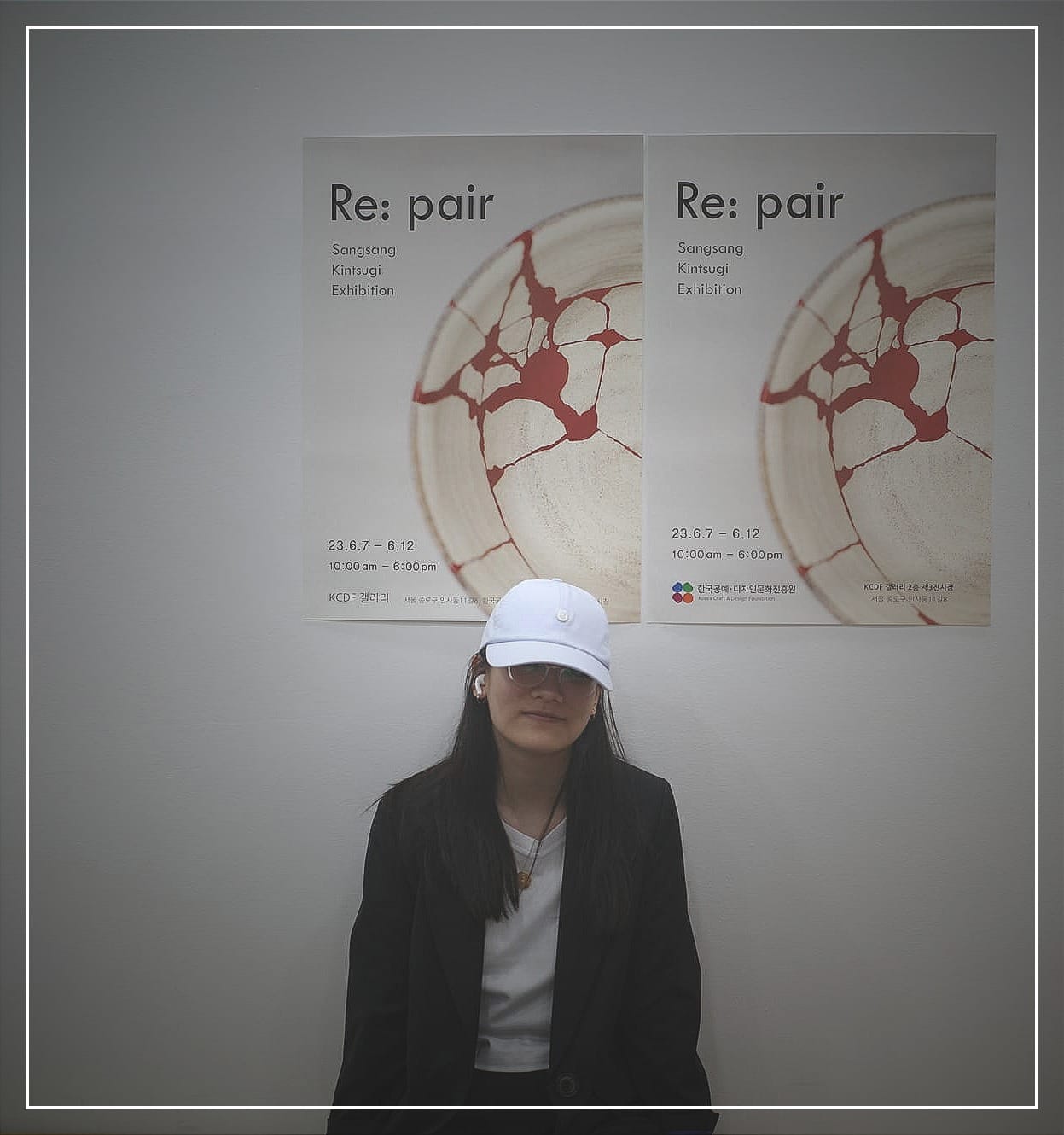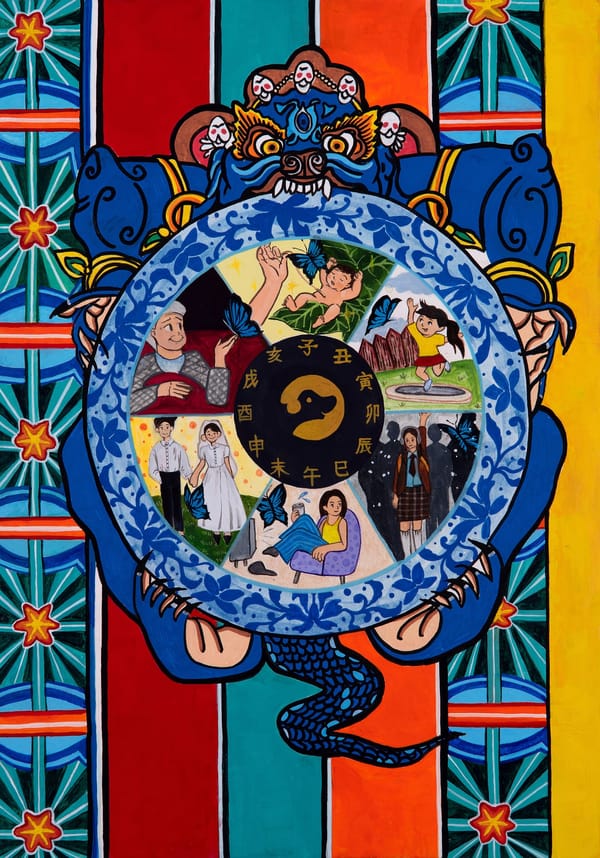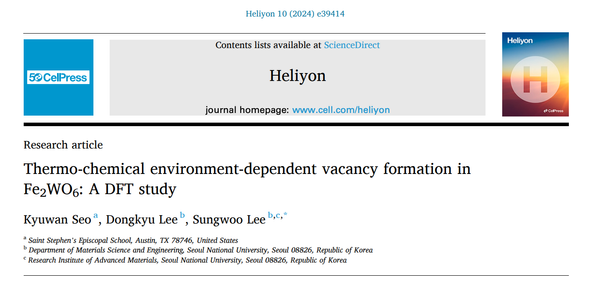Re: pair - Finding Beauty in the Broken with Kintsugi
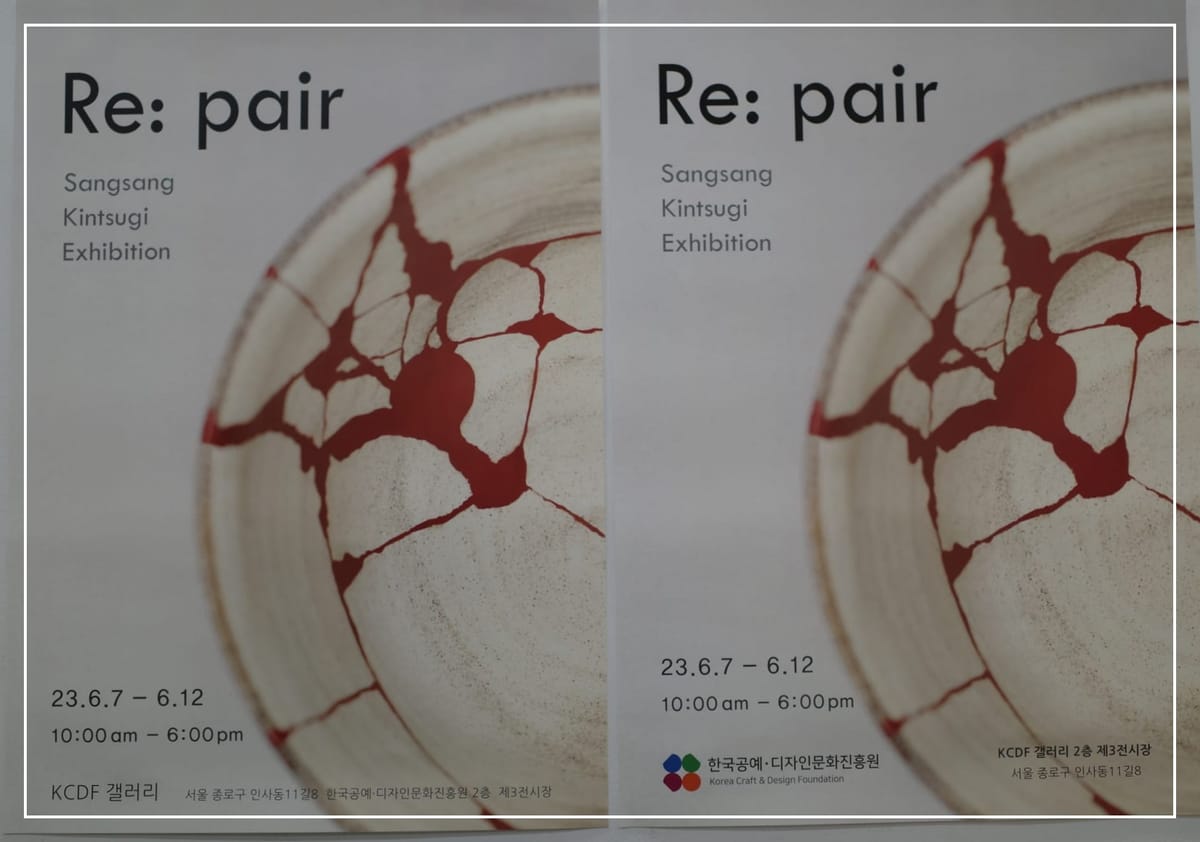
Kintsugi, the Japanese art of mending broken pottery with lacquer mixed with powdered gold, silver, or platinum, finds beauty in what others might discard. The word Kintsugi itself means “golden joinery,” and the practice emphasizes the philosophy that breakage and repair are part of an object's history, not something to hide. It’s a method that highlights imperfections, celebrating them as part of a piece's journey rather than flaws to be erased. In Kintsugi, fractures and cracks aren’t just “repaired”; they’re honored and illuminated, transforming each object into something unique and resilient.
For me, Kintsugi is more than a craft—it’s a practice that brings me into an immersive state of calm and focus. Whenever I step into a Kintsugi workshop, I leave behind the noise and stress of everyday life. I take my seat, put on my headphones, and dedicate myself fully to the task in front of me: the broken pieces. Each piece requires my complete concentration; even the slightest error can extend the time it takes to mend a bowl or plate. My materials must be flawless, my technique precise. As I watch the lacquer seep into each crack, I feel an intense awareness of every detail. I quickly tear pieces of tape to control the flow, ensuring each break heals perfectly. This is a process that demands my full attention and leaves no room for distractions—it's both an art and a meditation.
Preparing for the Re: pair Exhibition
When the opportunity arose to curate and participate in Re: pair, I knew I wanted to create an experience that went beyond simply showcasing objects repaired with Kintsugi. I wanted viewers to engage with the concept of mending, to see beyond the aesthetic beauty of gold-filled cracks and understand the intentional, methodical process of repair that goes into each piece. To prepare, I worked not only on my own Kintsugi creations but also with other artists and craftsmen who embody the philosophy of Kintsugi in their own ways. We gathered works that were varied in form but shared a common thread of resilience, each piece representing a journey from brokenness to beauty.
The planning was intense, with countless hours spent selecting pieces that would together tell a story of healing and transformation. Some of my own Kintsugi pieces were incorporated into the exhibition, carefully chosen to illustrate the many steps of the process and the deep attention each one requires. Preparing for Re: pair was as much about connecting with the heart of Kintsugi as it was about creating an immersive, thoughtful space for the audience.
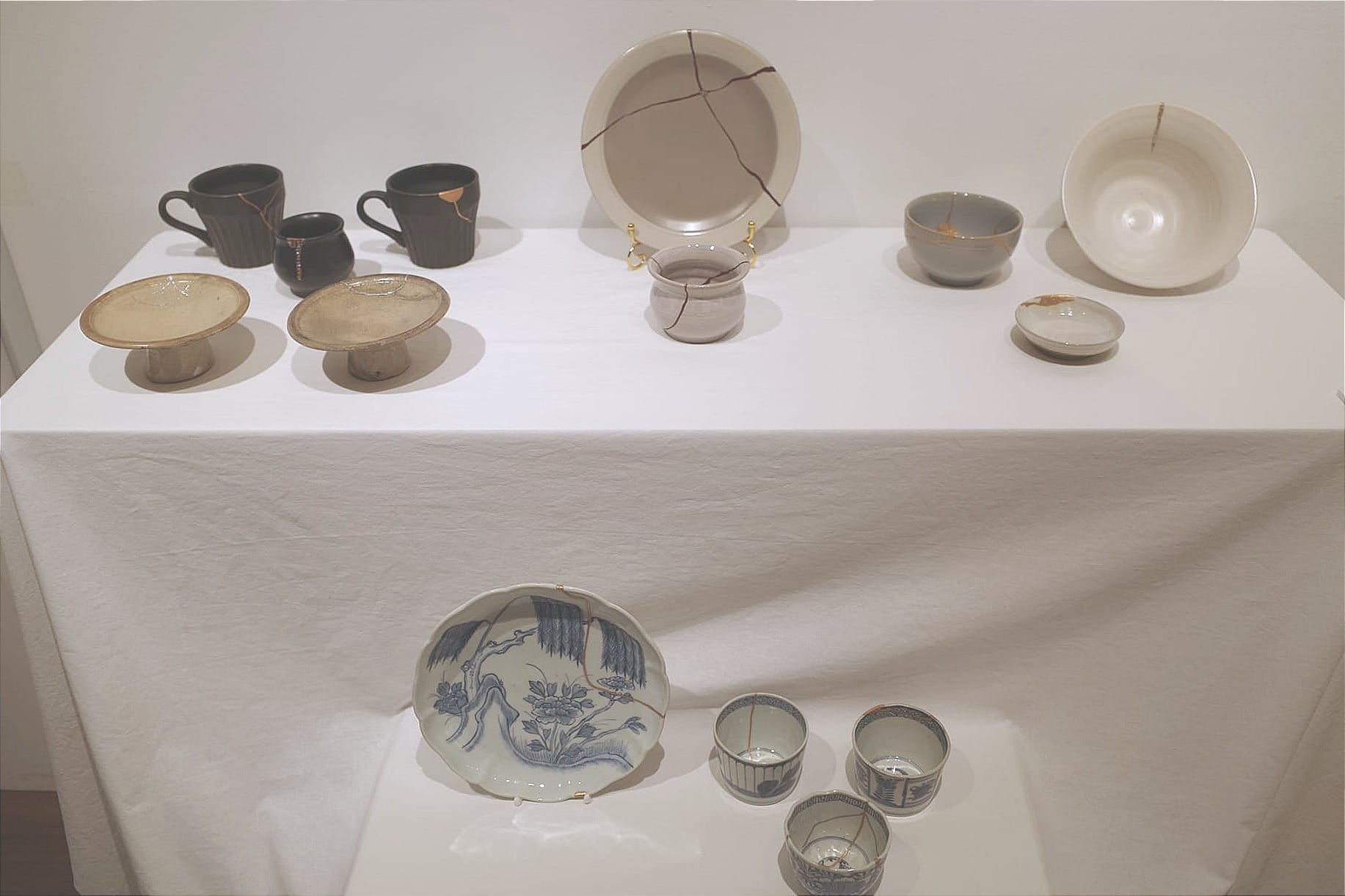
Curating Re: pair: A Journey for the Audience
The goal in curating Re: pair was to create a reflective and meditative experience for visitors. At the entrance, we placed an enlarged photograph of a Kintsugi-repaired bowl featuring vibrant red lacquer, a bold departure from the traditional gold. This image invited visitors to focus on the cracks—the “flaws” that gave the object its unique beauty. Soft lighting and a quiet, open space allowed each piece to speak for itself, letting viewers absorb the significance of each fracture and repair.
To encourage personal reflection, I included an interactive area where visitors could share their own stories of resilience or “repairs” they’ve made in their lives. This communal space became a place for shared healing, allowing people to connect with the underlying philosophy of Kintsugi on a personal level. The exhibition layout, with its gentle flow from piece to piece, mirrored the steady, mindful process of Kintsugi itself. Each element was designed to slow the viewer’s pace, inviting them to look closely and contemplate the beauty of each restored object.
A Connection to Photography: Finding Beauty in Imperfection
As a photographer, the philosophy of Kintsugi holds deep resonance for me. Photography, like Kintsugi, is about paying attention to detail and finding beauty in the imperfect. A photograph captures a moment in time, often revealing imperfections and fleeting realities that would otherwise be unnoticed. Just as a Kintsugi artisan illuminates cracks in a bowl with gold or red lacquer, a photographer draws out the unique qualities in a subject—wrinkles, weathered textures, or the lines of a worn street.
In my photographic work, I strive to capture the raw truth of each subject, to honor the parts of life that might typically be overlooked. I see Kintsugi as a way of reframing these imperfections, much like photography reframes moments. Both art forms celebrate resilience and authenticity, reminding us that flaws are not only acceptable but are a vital part of our beauty and our story.
Kintsugi and photography intersect in the way they both preserve history. Just as the gold in a Kintsugi piece preserves the memory of each break, a photograph preserves the essence of a moment, allowing us to look back and see beauty in places we may not have noticed before. Through Re: pair, I hoped to bridge these two worlds, encouraging viewers to see that, whether through lacquer or lens, we can find value in imperfection, transforming what’s broken into something uniquely beautiful.
